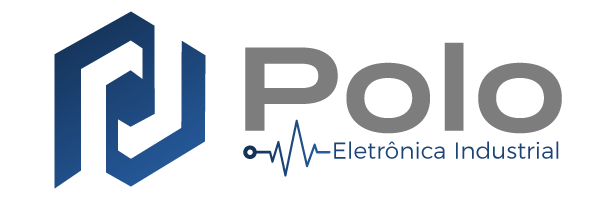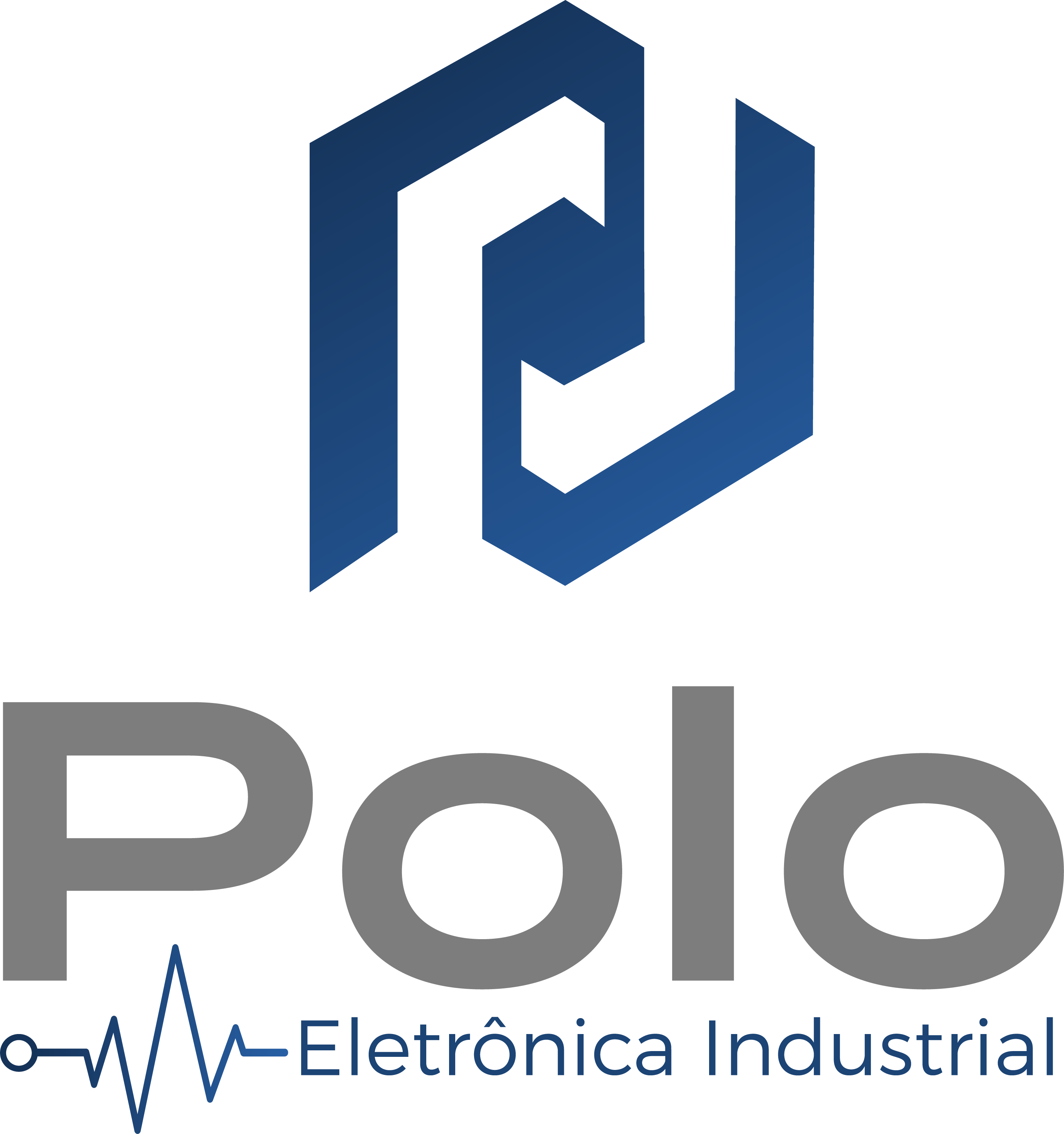O que é High-level Programming in CLPs?
High-level programming in CLPs (Controller Logic Program) refers to the use of programming languages that are closer to human language and are easier to understand and write compared to low-level programming languages. CLPs are widely used in the field of industrial automation, specifically in the control and monitoring of equipment and processes in the manufacturing industry.
Understanding the Basics of CLPs
Before delving into high-level programming in CLPs, it is important to have a basic understanding of what CLPs are and how they function. CLPs are specialized computers that are designed to control and monitor industrial processes. They are commonly used in manufacturing plants to automate tasks such as machine control, data acquisition, and process monitoring.
The Role of Programming in CLPs
Programming plays a crucial role in CLPs as it enables users to define the behavior and functionality of the controller. In traditional low-level programming, users had to write code using assembly language or ladder logic, which required a deep understanding of the hardware and low-level instructions. However, with high-level programming languages, the complexity is reduced, and users can write code using more intuitive and human-readable syntax.
Advantages of High-level Programming in CLPs
High-level programming in CLPs offers several advantages over low-level programming. Firstly, it simplifies the programming process by providing a more intuitive and user-friendly interface. This allows users with limited programming knowledge to easily create and modify programs. Additionally, high-level programming languages offer a wide range of built-in functions and libraries, which can significantly reduce the development time and effort required.
Common High-level Programming Languages in CLPs
There are several high-level programming languages that are commonly used in CLPs. Some of the most popular ones include Structured Text (ST), Function Block Diagram (FBD), and Sequential Function Chart (SFC). Each language has its own syntax and features, but they all aim to provide a more intuitive and efficient way of programming CLPs.
High-level Programming in CLPs: A Closer Look
High-level programming in CLPs involves writing code using one of the supported programming languages. The code is then compiled and executed by the CLP, which controls the behavior of the connected equipment and processes. The programming language used determines the syntax and structure of the code, as well as the available functions and libraries.
Benefits of High-level Programming in CLPs
One of the main benefits of high-level programming in CLPs is the increased productivity and efficiency it offers. By using a more intuitive and user-friendly programming language, users can quickly develop and modify programs, reducing the time and effort required for programming tasks. Additionally, high-level programming languages often provide advanced features such as debugging tools and simulation environments, which further enhance the development process.
Applications of High-level Programming in CLPs
High-level programming in CLPs finds applications in various industries and sectors. It is commonly used in manufacturing plants for tasks such as controlling robotic arms, monitoring production lines, and managing inventory. Additionally, CLPs with high-level programming capabilities are also used in the energy sector for controlling power distribution systems and optimizing energy consumption.
Challenges and Considerations in High-level Programming in CLPs
While high-level programming in CLPs offers numerous benefits, there are also some challenges and considerations to keep in mind. Firstly, it is important to ensure that the chosen programming language is supported by the specific CLP model being used. Additionally, as high-level programming languages offer more flexibility and functionality, it is crucial to have a clear understanding of the equipment and processes being controlled to avoid potential errors or malfunctions.
Training and Resources for High-level Programming in CLPs
For individuals and organizations looking to learn and improve their high-level programming skills in CLPs, there are various training programs and resources available. Many manufacturers and automation companies offer training courses and workshops specifically focused on high-level programming in CLPs. Additionally, online resources such as tutorials, forums, and documentation can provide valuable information and support for beginners and experienced programmers alike.
Conclusion
High-level programming in CLPs is a powerful tool that allows users to create and modify programs for controlling and monitoring industrial processes. By using intuitive and user-friendly programming languages, users can increase productivity and efficiency in programming tasks. However, it is important to consider the specific requirements and challenges of the equipment and processes being controlled to ensure successful implementation. With the right training and resources, individuals and organizations can harness the full potential of high-level programming in CLPs for improved automation and efficiency in the industrial sector.

